Intel Atom x chips attempt to muscle into Android/Windows mobile devices
Can True Key integration finally ditch the need for passwords?
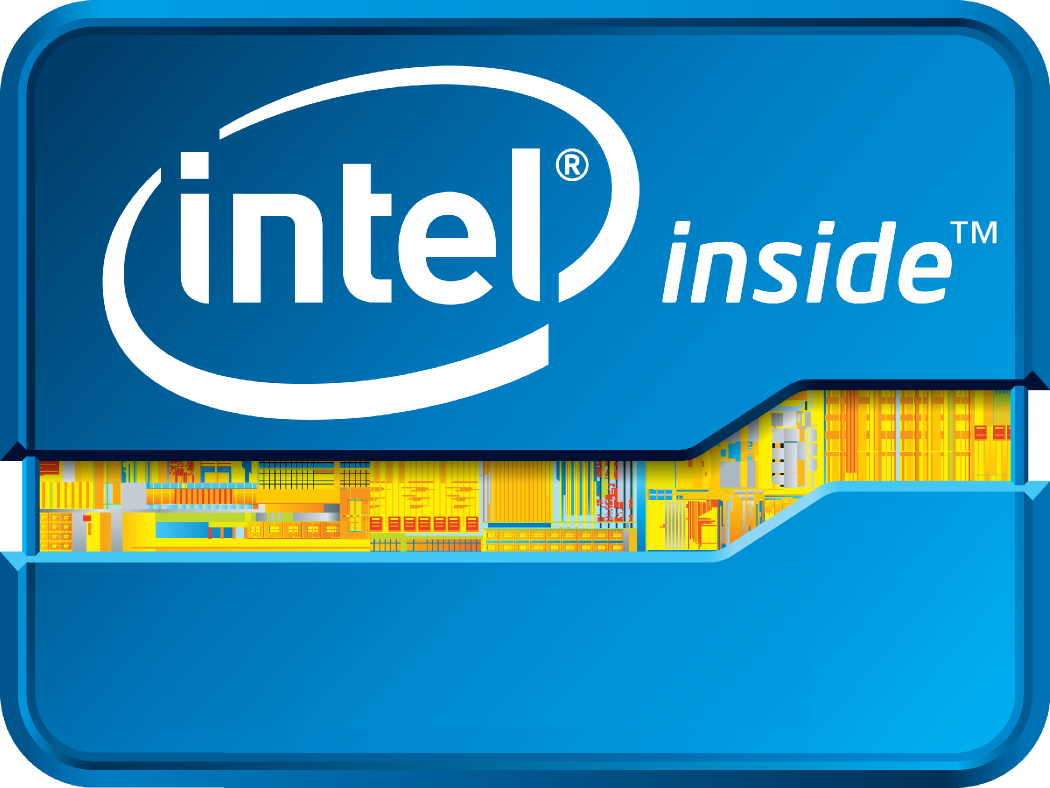
Intel hopes its latest generation of low-power Atom processors will help it challenge ARM's dominance in the mobile market.
The chipmaker has pushed through its first 14nm system-on-chip processors in a bid to kickstart revenue generation from the lucrative mobile market. Despite posting a record revenue of $55 billion over the course of 2014, Intel's mobile division contribute just $202 million.
Intel CEO Brian Krzanich claimed the firm would focus on increasing profitablity of the mobile division throughout 2015 - and hopes are pinned on the revamped Atom x series.
OEMs will be offered multiple variations, allowing them to customise Android and Windows (64-bit) devices. Here's what end-users can expect:
- The Intel Atom x3 is designed for use within ultra low cost phones and tablets, with Intel targeting a price point of $75. The x5 range will power mid-range tablets and the x7 is set to be used for performance 2-in-1s, up to 10ins in size.
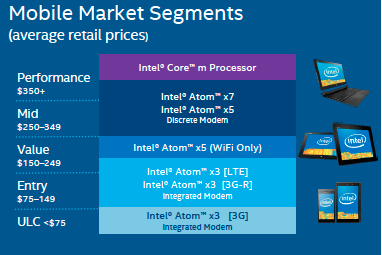
- Acer, Asus, Dell, Lenovo, HP and Toshiba have committed to using the Atom x5 and x7 processors. Devices are on course to be released in the first half of 2015.
- Interesting, Intel has licensed out ARM's Mali GPU for the entry-level Atom x3 range. Aicha Evans, VP and GM of Intel's platform engineering group, said this was done to speed up time to market, during a pre-brief.
Get the ITPro daily newsletter
Sign up today and you will receive a free copy of our Future Focus 2025 report - the leading guidance on AI, cybersecurity and other IT challenges as per 700+ senior executives
Both the x5 and x7 use Intel's bespoke Gen 8 graphics, which the firm will provide significant gains, over its predecessors.
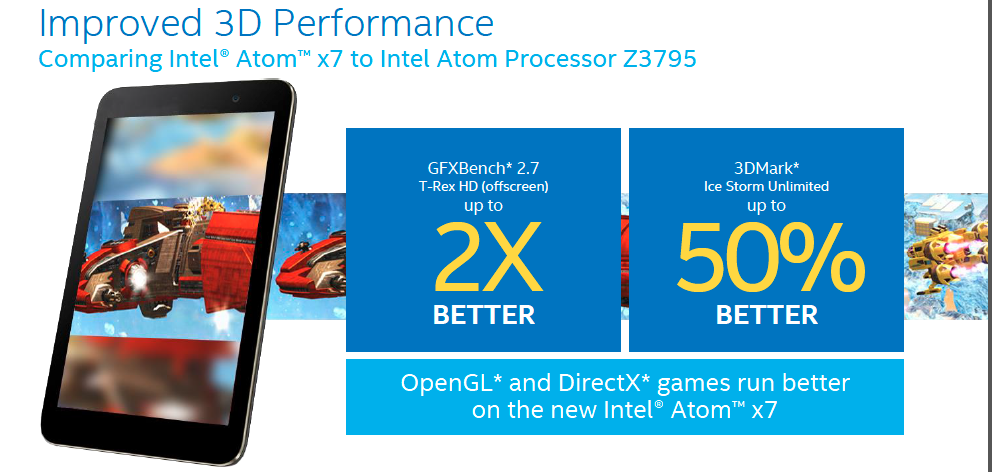
- Connectivity will vary. On the x3, 3G or 4G (up to Category 6) is integrated directly onto the chip. The more powerful x5 and x7 chips require discrete modems for cellular connections.
Bluetooth, GNSS and Wi-Fi will be included as standard, whilst NFC will only be available on 4G devices.
- There are two main security features integrated into the Atom x5 and x7 processors. Pro WiDi is a wireless standard designed for use within businesses. The specific use case is to allow employees to project content from mobile devices to bigger screens without compromising security and by minimising the need for wires.
- These processors will also support Intel's True Key security to minimise the need for passwords. Users will be able to log into devices using multiple points of authentication, including facial and fingerprint recognition, trusted devices or a master password. The more sources of authentication a True Key profile uses, the stronger it becomes, Intel claims.
- Meanwhile, Intel's RealSense system seeks to combine camera and sensor technology to provide a variety of use cases. For example, tablet users will be able to take a photo of objects and then glean their measurements.
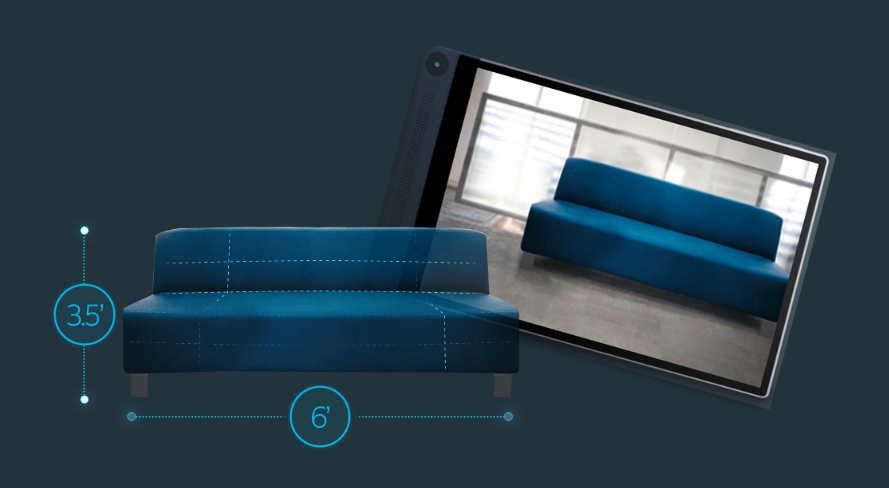
-
 Bigger salaries, more burnout: Is the CISO role in crisis?
Bigger salaries, more burnout: Is the CISO role in crisis?In-depth CISOs are more stressed than ever before – but why is this and what can be done?
By Kate O'Flaherty Published
-
 Cheap cyber crime kits can be bought on the dark web for less than $25
Cheap cyber crime kits can be bought on the dark web for less than $25News Research from NordVPN shows phishing kits are now widely available on the dark web and via messaging apps like Telegram, and are often selling for less than $25.
By Emma Woollacott Published
-
 Gaining timely insights with AI inferencing at the edge
Gaining timely insights with AI inferencing at the edgeWhitepaper Business differentiation in an AI-everywhere era
By ITPro Published
-
 Scaling AI from pilot to production: Maximize AI impact with HPE & Intel
Scaling AI from pilot to production: Maximize AI impact with HPE & IntelWhitepaper Transform AI proof-of-concepts into full-scale implementations
By ITPro Published
-
 UK supercomputer boom as HPE and Dell receive funding for new AI cluster
UK supercomputer boom as HPE and Dell receive funding for new AI clusterNews The UK’s AI computing capabilities will increase by an order of magnitude in 2024
By Rory Bathgate Published
-
 AI gold rush continues as Hugging Face snags $235 million from IBM
AI gold rush continues as Hugging Face snags $235 million from IBMNews The investment round, which brings the company's valuation to $4.5 billion, also includes Amazon, Google, Intel, and Salesforce
By Richard Speed Published
-
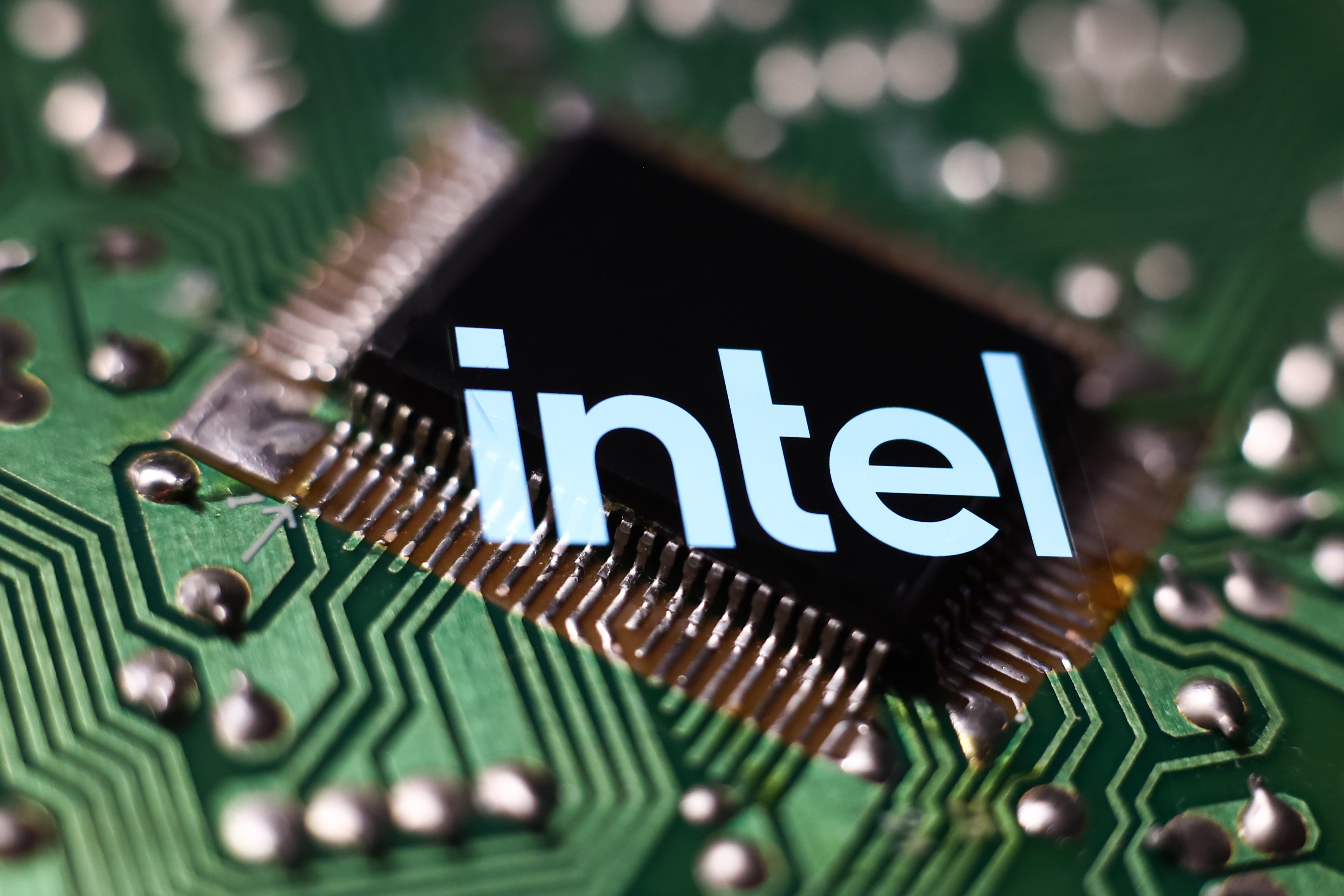 Why is ASUS reviving Intel’s NUC mini-PC line?
Why is ASUS reviving Intel’s NUC mini-PC line?News The diminutive PC is to rise again while analysts look for the business case
By Richard Speed Published
-
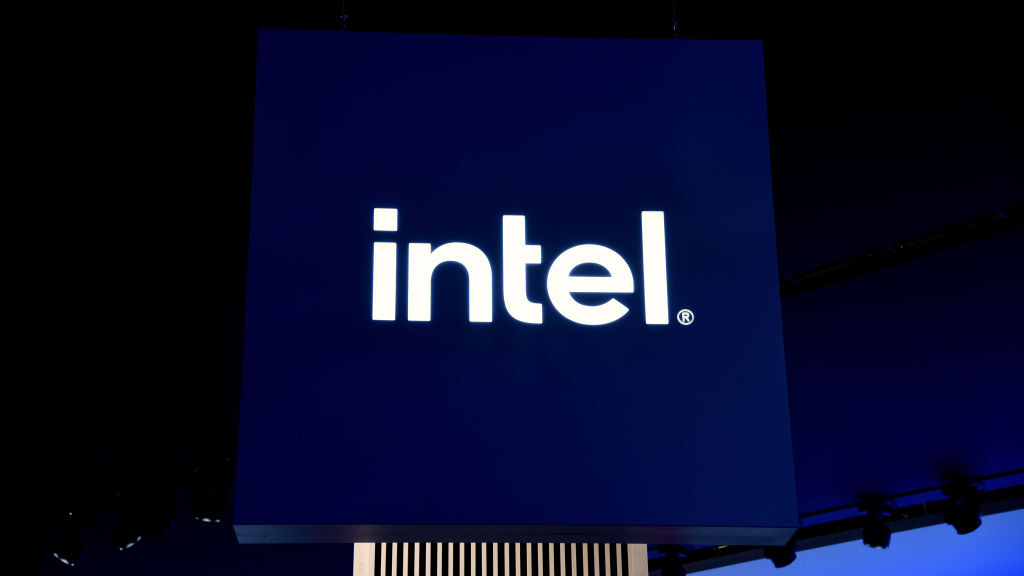 Intel targets AI hardware dominance by 2025
Intel targets AI hardware dominance by 2025News The chip giant's diverse range of CPUs, GPUs, and AI accelerators complement its commitment to an open AI ecosystem
By Rory Bathgate Published
-
 Why aren’t factories as smart as they could be?
Why aren’t factories as smart as they could be?Whitepaper How edge computing accelerates the journey to a remarkable factory
By ITPro Published
-
 Who needs Intel vPro®, An Intel® Evo™ Design, anyway?
Who needs Intel vPro®, An Intel® Evo™ Design, anyway?Sponsored With flexible work on the up, the demand for high performance on-the-go business laptops has never been greater
By ITPro Last updated